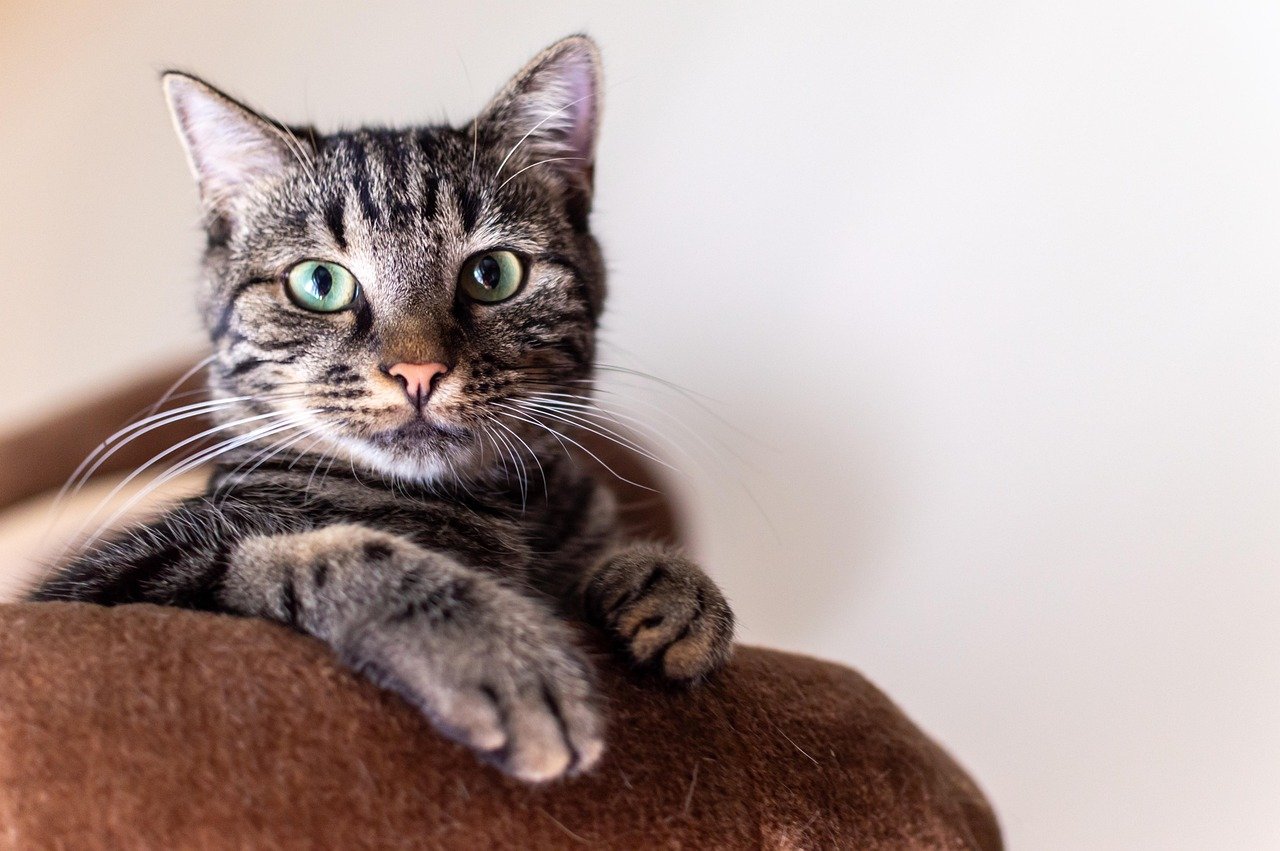Cats have a reputation for being independent and sometimes aloof creatures, but any cat lover knows that these feline friends are also capable of forming deep and meaningful bonds with their human companions. One of the most effective ways to strengthen this bond is through the use of voice and tone. Just as with human relationships, the way you communicate with your cat can significantly impact their behavior and your relationship with them. Understanding the role of voice and tone is essential for anyone looking to deepen the connection with their furry friend.
Understanding Your Cat’s Language
Cats may not speak in the same way humans do, but they do have their own unique language. This language consists of a combination of vocalizations, body language, and even scent markings. By paying close attention to these signals, you can begin to understand what your cat is trying to tell you. For example, a purring cat is usually a happy cat, while a hissing or growling cat is likely feeling threatened or upset. Recognizing these cues is the first step in effectively using your voice and tone to communicate with your cat.
The Power of a Gentle Voice

A gentle voice can work wonders when it comes to building trust with your cat. Cats are naturally cautious creatures, and a loud or harsh voice can be intimidating to them. By speaking softly and calmly, you create a safe and welcoming environment for your cat. Imagine being in a room with a stranger who suddenly raises their voice; it would likely make you feel uncomfortable. The same goes for your cat. A gentle voice reassures them that they are not in danger and encourages them to approach you with confidence.
Using Tone to Convey Emotion

Just as humans can detect emotion through tone, so can cats. A warm and affectionate tone can convey love and comfort, while a stern tone can signify disapproval. When your cat does something you appreciate, such as using their scratching post instead of your sofa, a happy and upbeat tone reinforces their positive behavior. Conversely, if your cat engages in unwanted behavior, a firm but not overly harsh tone can help them understand that their actions are not acceptable. Consistency is key here – using the same tone for similar situations helps your cat learn and adapt.
Building Routine Through Repetition

Cats thrive on routine, and using consistent voice commands can help establish a sense of predictability in their daily lives. For instance, using the same phrase every time you feed your cat or call them to come inside can help them associate your words with specific actions. This repetition not only makes life easier for you but also provides your cat with a sense of security. Over time, they will come to recognize and respond to your voice, strengthening the bond between you.
Creating a Special “Cat Vocabulary”

Developing a unique set of words or phrases that you use exclusively with your cat can foster a deeper connection. This “cat vocabulary” becomes a private language between you and your feline friend. Whether it’s a nickname, a special greeting, or a playful command, these words can elicit positive responses from your cat. Over time, your cat will learn to associate these specific sounds with affection and attention, making them more likely to engage with you.
Recognizing Your Cat’s Vocal Responses

Cats have their own way of ‘talking’ back, and recognizing these vocal responses is crucial. A meow can mean many things, from a greeting to a request for food. By paying attention to the context and tone of your cat’s vocalizations, you can better understand their needs and emotions. Responding appropriately to these cues – whether it’s offering a treat, a cuddle, or simply acknowledging their presence – can strengthen your bond and make your cat feel more understood and appreciated.
Harnessing the Power of Positive Reinforcement

Positive reinforcement is a powerful tool in building a bond with your cat. When your cat responds positively to your voice and tone, rewarding them with treats, praise, or petting can reinforce this behavior. This approach not only enhances your communication but also encourages your cat to repeat the desired behavior. Over time, your cat will associate your voice with positive experiences, leading to a more harmonious and trusting relationship.
Avoiding Common Mistakes
While using voice and tone can greatly enhance your relationship with your cat, it’s important to avoid common pitfalls. For instance, shouting or using a harsh tone can cause your cat to become fearful or anxious. Similarly, inconsistency in your commands or tone can confuse your cat and undermine your efforts. By being mindful of these mistakes and striving to maintain a calm and consistent approach, you can ensure that your communication efforts are effective and beneficial for both you and your cat.
The Joy of a Stronger Bond
The joy of having a strong bond with your cat is truly rewarding. By using your voice and tone effectively, you can create a relationship built on trust, understanding, and mutual respect. This connection not only enhances your cat’s well-being but also enriches your life with the companionship and love that only a cat can provide. As you continue to communicate with your cat, you will find that these small efforts lead to a more fulfilling and joyful relationship for both of you.

Growing up traveling and experiencing new cultures and wonders, I have had a passion for nature, adventuring, photography, and videography. I am currently working towards a BSc in Biodiversity and Ecology at Stellenbosch University, and I hope to specialise in Marine Sciences one day.
Please send any feedback to Feedback@animalsaroundtheglobe.com






